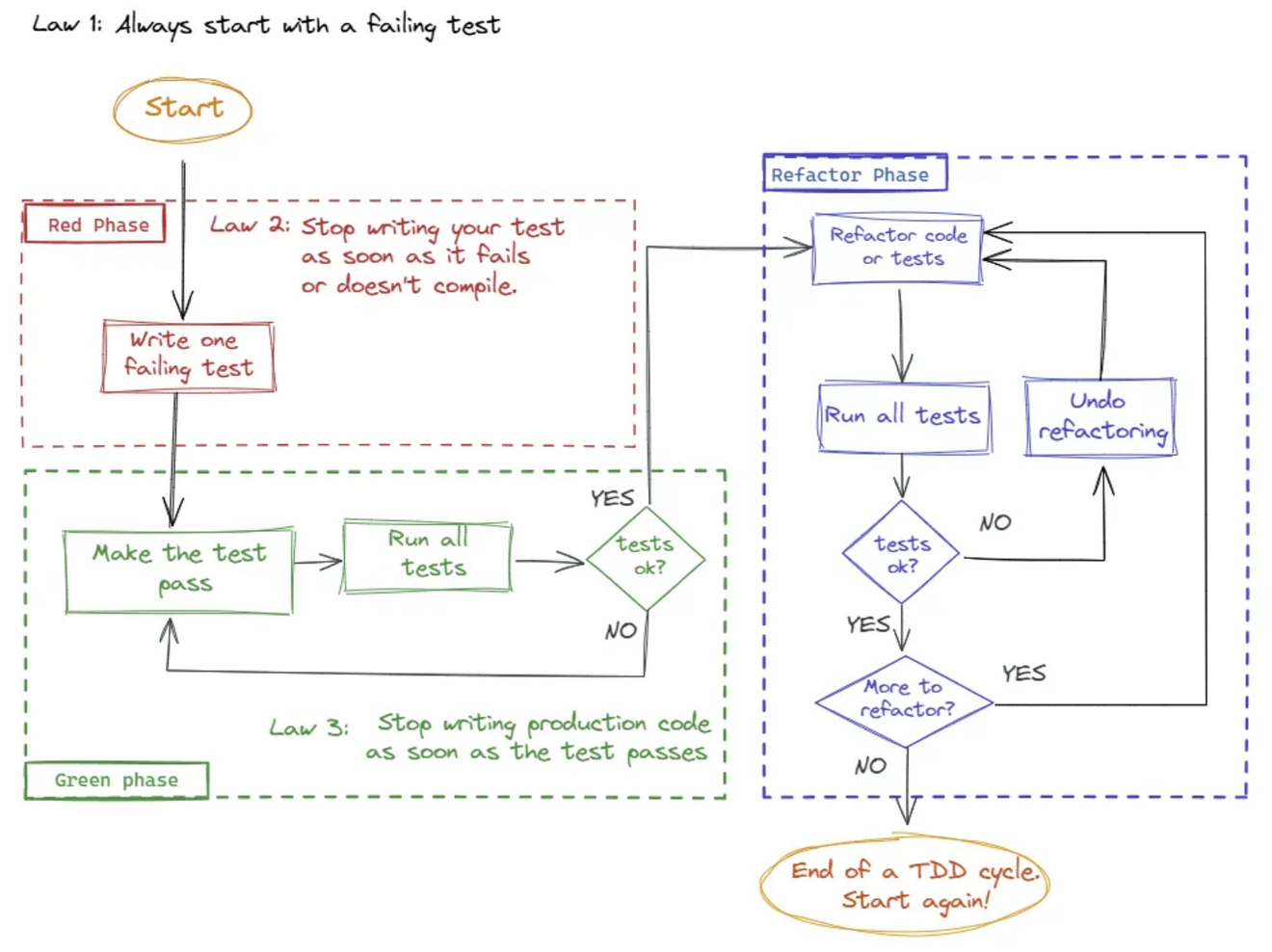- publish/ai.elice.io_파이썬 데이터 분석 기초.md at main · cheoljoo/publish
- Contribute to cheoljoo/publish development by creating an account on GitHub.
News
Morning Routine 2024-11-19 (Tue): CJ restructuring (Only if you are interested in domestic stocks) / Increasing number of middle-aged and elderly people in cryptocurrency (Sharp increase in those over 60) / 30s selling houses, 50s buying houses (Statistics Korea) / Record high inflow into US ETFs (Worth considering Warren Buffett's increase in cash) / Rumor that Lotte has liquidity problems
Learning Practical Data Analysis with Python in https://elice.io/ko
03 Data Type Conversion using Netflix Viewing Data ~ 04 Organizing complex data from TED talks
TDD: It should become a habit, but it's difficult TT
TDD (Test-Driven Development)One of the three principles of "stops writing production code once the test passes" has the following meaning.
Test-first development: In TDD, you first write a test case, then write the minimum amount of production code to pass that test. This principle encourages developers to avoid writing unnecessary code.
Maintaining code quality: The moment the test passes, it means that the function meets the requirements. Therefore, by not writing any more production code, the complexity of the code can be reduced and code quality can be maintained.
Opportunity for refactoring: After the test passes, it provides an opportunity to improve the existing code by refactoring. At this time, the stability of the code can be ensured by checking whether the test still passes.
In conclusion, this principle helps prevent developers from writing unnecessary code and improves code quality and stability.

- Production Code: Code that implements the actual functionality of the application. It is the part that users directly experience and includes the software's business logic and functions.
- Test Code: Code written to verify the behavior of the production code. It is mainly written to check whether a specific function is working correctly. In TDD, test cases are written first, and then production code is written to pass those tests.
Future Outlook of AI: Three Predictions
Original Article
Prediction 1: AI-native generations will lead AI adoption
According to data, 68% of office workers responded that college graduates currently graduating are more proficient in AI technology than the average employee in the company.
Meaning: Leaders can utilize young employees proficient in AI as mentors to promote peer learning.
Prediction 2: AI-native generations are at risk of decreased social connection
81% of AI users seek help from AI instead of friends or colleagues on important projects.
Meaning: Leaders need to utilize AI not simply as an efficiency tool, but as a catalyst for reconstructing human collaboration.
Prediction 3: Job seekers will prefer companies proficient in AI
Three out of four office workers want to work for a company that provides and utilizes AI tools.
Meaning: Companies that are slow to adopt or lack support for AI may have difficulty recruiting and retaining top talent.
AI Long Tail
Original Article: Companies are categorized by AI layer.

Comments0